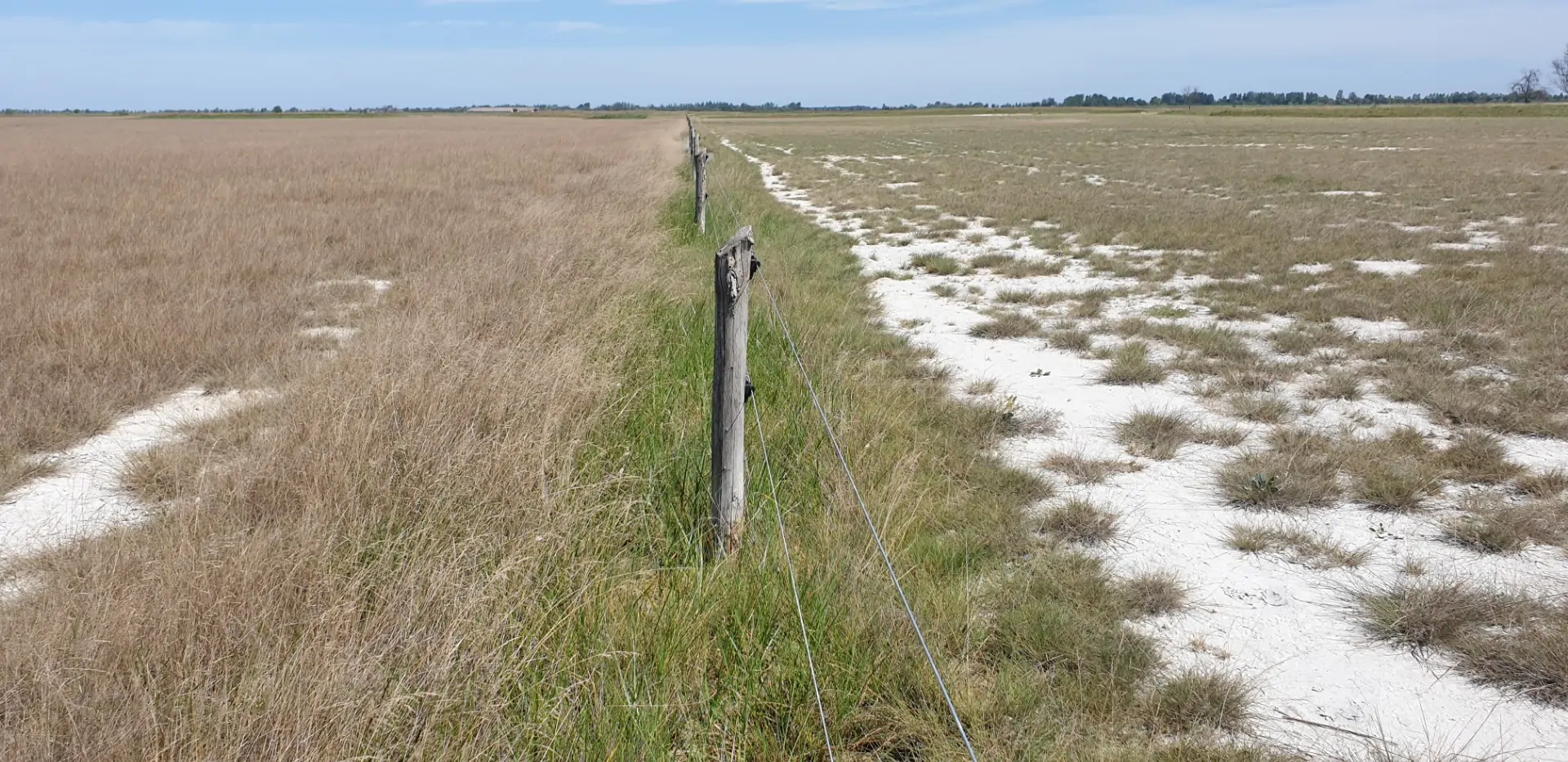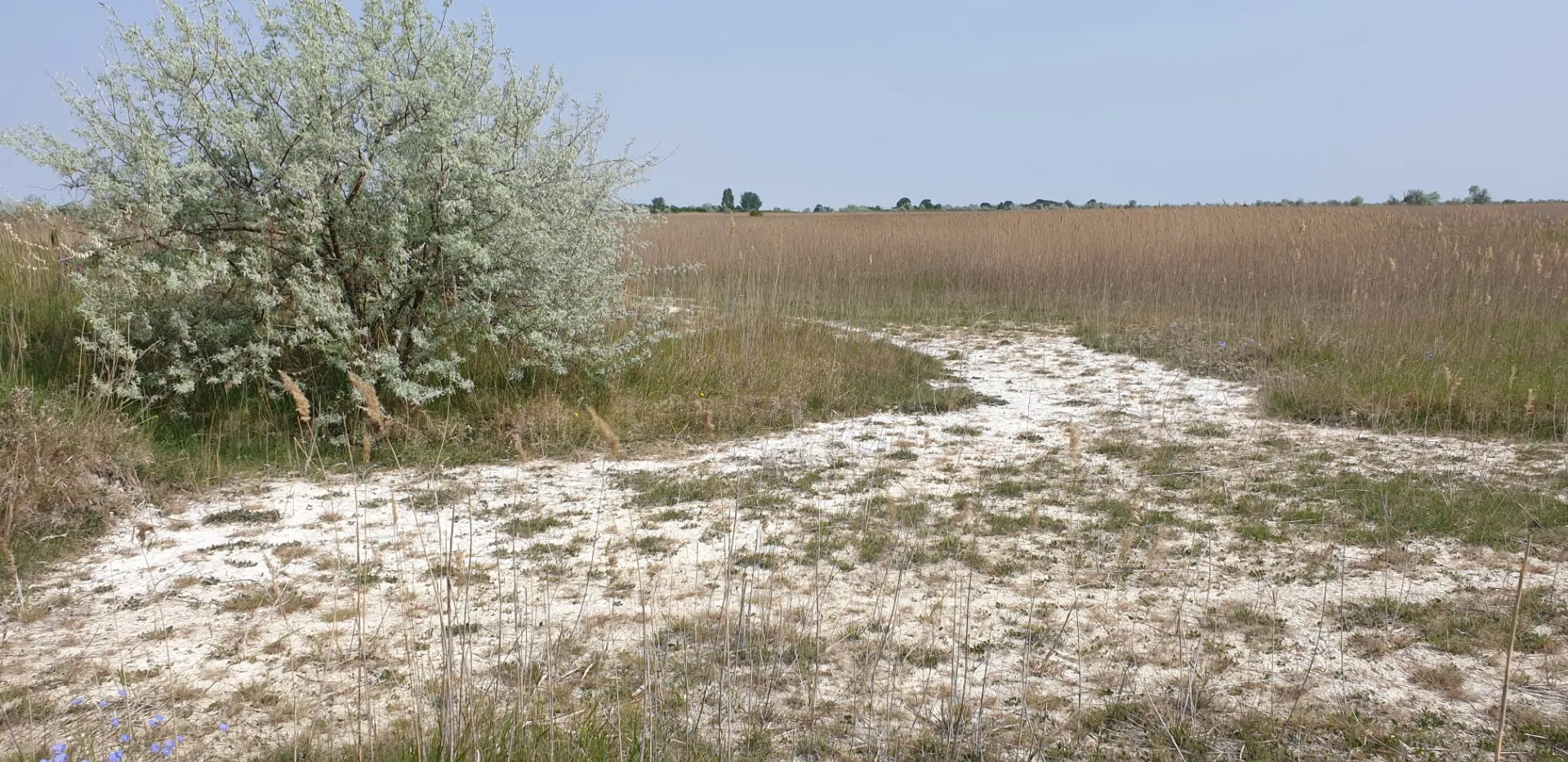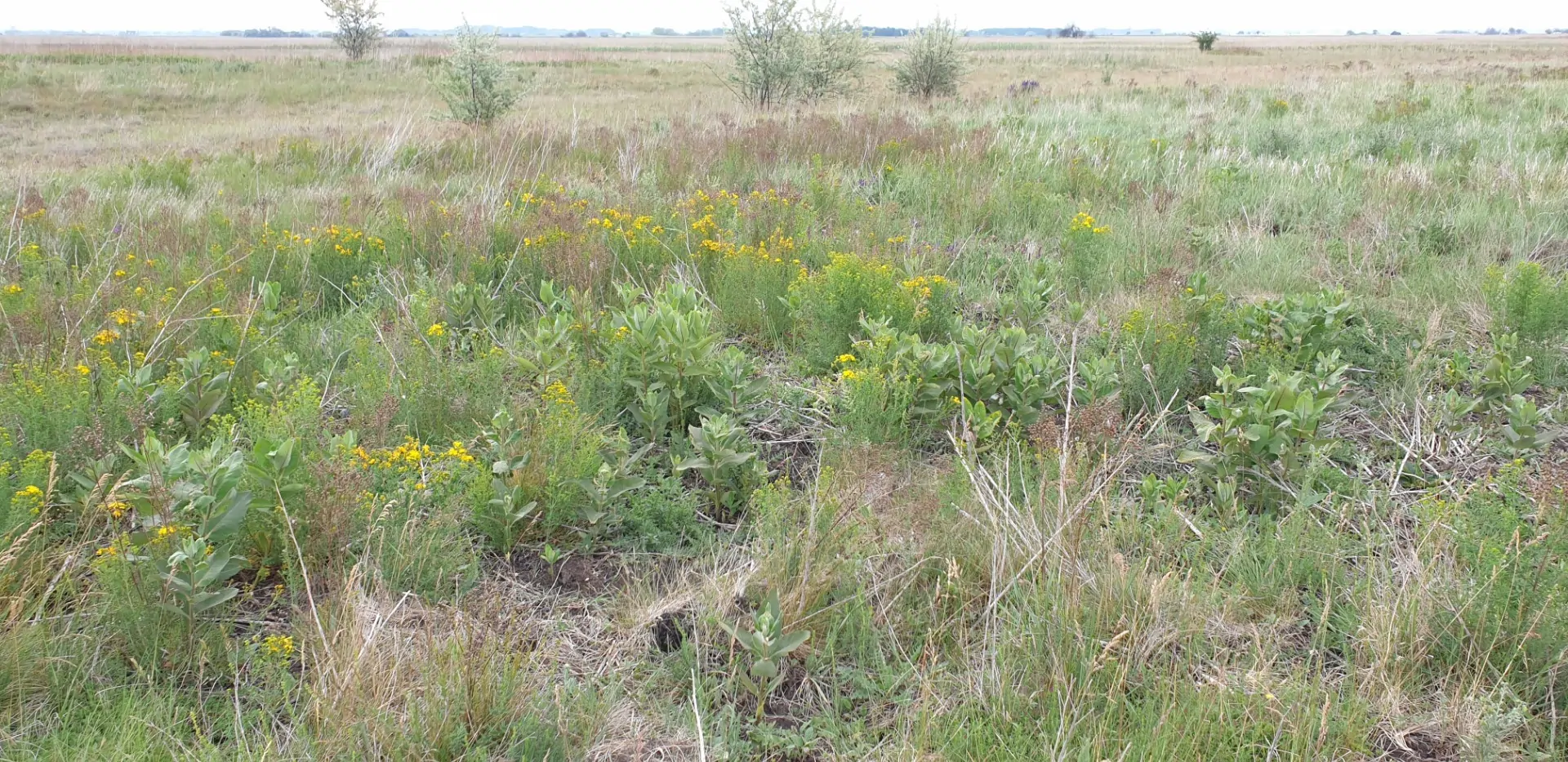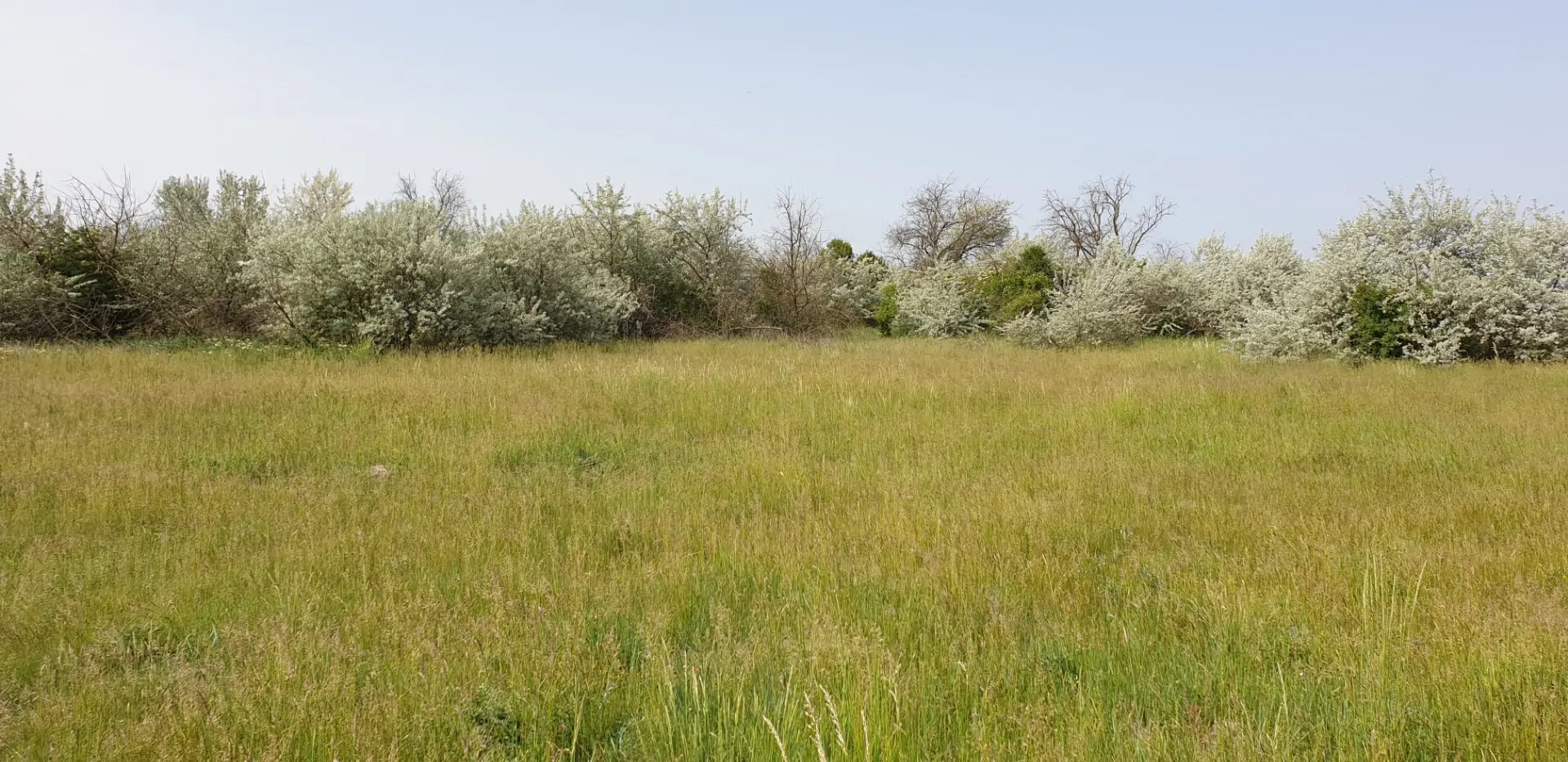Background
THREATS
Cessation of livestock farming
The Miklapuszta area was traditionally used for sheep grazing in the 20th century. Grazing was abandoned in the 2000s, resulting in accumulation of dead plant material, disappearance of rare and sensitive plant species, and homogenisation of the vegetation. These negative changes were followed by a decline in arthropods and a decrease in insectivorous birds.
Spread of reed, shrubs and invasive alien species
The lack of grazing has also led to the advance of the Common Reed (Phragmites australis) and the invasive alien shrub, the Russian Olive (Elaeagnus angustifolia), and the decline of natural plant communities. The advance of reeds and olive shrubs allowed the establishment of non-desired vertebrate predators (Hooded Crow Corvus cornix, Common Magpie Pica pica).
Damages caused by non-desired species
Four animal species (magpie, hooded crow, Eurasian Badger Meles meles, Red Fox Vulpes vulpes) have become extremely abundant in the area. These predators effectively destroy the eggs and chicks of birds nesting on or near the ground, and their proliferation has reduced the breeding success of farmland birds and shorebirds.
Arthropod-damaging use of ivermectins
Anthelmintics (anti-worm veterinary drugs) with ivermectins as active agents are routinely administered just before livestock are taken to the pastures in April. Ivermectin gets to the pastures with the dung of the grazing livestock and can damage the populations of arthropods living on the dung. This effect is likely to contribute to the decline of arthropods in the project area and elsewhere in grazed areas in Hungary and Europe.
Poor habitat quality for birdsAs a result of the above impacts, habitats are no longer suitable for feeding, nesting or successful breeding for a large proportion of farmland birds and shorebirds. As a result, populations of these species have declined or disappeared from the area.
Track marks by motor vehicles
The use of motor vehicles, especially after rainfall, causes significant damage to the surface of alkali steppes.
SPECIFIC OBJECTIVES
1. To re-establish low intensity and insect-friendly sheep grazing in Year 1 (2022) in the most valuable, core area of the project area (120 ha).
2. To pre-manage habitats in the first two years (2022, 2023) by mowing, stalk crushing, cattle grazing and controlled burning (250 ha), which allows the extension of insect-friendly sheep-grazing to all pastures of the core area (515 ha) in Year 3 (2024).
3. To further extend insect-friendly grazing of sheep and cattle in cooperation with local farmers (at least 2000 ha) by Year 4 (2025).
4. To increase habitat diversity for arthropods by installing insect hotels, ivermectin-free dung piles and wood piles in conventionally grazed grasslands (60 ha) in Year 2 (2023).
5. To control invasive alien shrubs (Elaeagnus angustifolia) in the worst infested areas by Year 2 (2023) to improve grassland quality and to eliminate habitats for non-desired wild species (15 ha).
6. To control the populations of non-desired wild species (hooded crow, magpie, badger, fox) to reduce damage to grasslands and to reduce predation pressure (entire project area).
EXPECTED RESULTS
The project implements a combination of conservation management actions that are optimal for several biotic groups (plants, arthropods, birds), through which the general objective of improving the conservation status of priority habitat types will be achieved in the entire project area (4235 ha) in a system that will be self-sustaining even after the end of the project.
The project raises awareness to the potential negative effects of the use of ivermectins in protected grassland areas and develops potential solutions to this problem, particularly, the methods of insect-friendly grazing and habitat management.
The project benefits 15 protected plant species, including four orchids and the Small-nested Thistle (Cirsium brachycephalum).
The project will strengthen the arthropod communities, particularly, the dung fauna and the population of the carabid beetle Dorcadion fulvum cervae.
The management actions will lead to the re-establishment and continued breeding of two locally extinct bird species, the Kentish Plover (Charadrius alexandrinus) and the Eurasian Stone Curlew (Burhinus oedicnemus), and breeding populations will increase four shorebird species.
The project will also benefit populations of five animal species listed in Annex II of the Habitats Directive and 32 bird species listed in Annex I of the Birds Directive.
These objectives will ensure the restoration of animal communities that are fundamental in the maintenance of a diverse, healthy and functioning grassland ecosystem.




